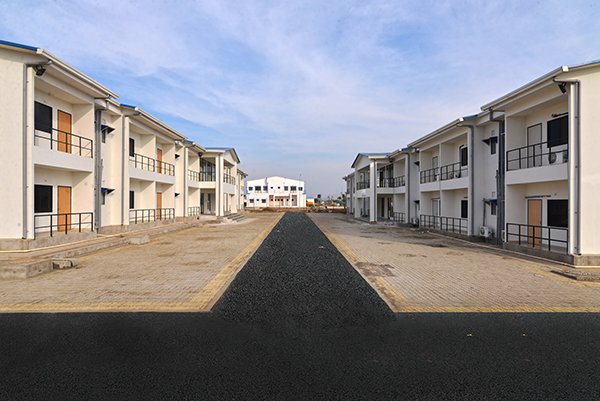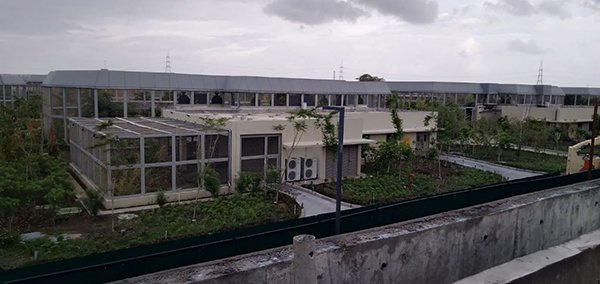Modular construction is emerging as a game-changing approach that promises to reshape the way buildings are designed, fabricated, and assembled, writes Gaurav Awasthi, DGM – BD & Marketing, Everest Steel Building Solutions.
Modular construction has been in existence for some time, be it pre-engineered buildings or precast concrete structures. Growing awareness, ease of construction and less laid-down area requirements eventually transform to time saving and faster return of investment, all of which could be attributed to the raising popularity of modular construction.
Addressing Infrastructure needs
India’s rapid urbanisation has led to a substantial infrastructure demand, particularly in urban centers. Modular construction presents an effective solution to address this shortage, allowing for the quick construction of houses, hospitals, schools and other important infrastructure. Government initiatives like ‘Housing for All’ align perfectly with modular construction’s ability to deliver quality housing units in a short span of time.
The Indian government’s ‘Make in India’ initiative has paved the way for the growth of the modular construction sector by encouraging local manufacturing. Additionally, streamlined approval processes and evolving building codes are supporting the integration of modular construction into mainstream building practices.
As the knowledge of modular construction becomes more pervasive, pre-engineered buildings and prefab structures will have more demand. Though India is not leading the trend of modularisation, it is not far behind other nations. The growth of modular construction in India depends on the factors such as manufacturing cost, transportation, accurate construction planning and availability of skilled labour. Technological advancements on the manufacturing front and digitisation of processes are going to impact cost economics which will affect the growth rate of modularisation in India.
The modular advantage
As the construction industry moves towards greener solutions, PEB offers unique advantages such as disassembling and reassembling the structural components at another location and reducing material wastage by controlled manufacturing processes in the modular construction space. The market of pre-engineered buildings will continue to grow rapidly in the coming years because of GoI policies which are intended drive large investments by Indian and foreign entities into commercial and industrial infrastructure. Logistics centers, data centers and warehouses are going to be major drivers of PEB industry in India.
The path forward
While modular construction holds immense promise, it is not without its challenges. Adapting to local regulations, training a skilled workforce for factory production, and overcoming skepticism within the construction industry are areas that need attention. Addressing these challenges will require collaborative efforts from stakeholders, including government bodies, construction companies, architects, and developers.
Modular construction is poised to revolutionise the construction landscape in India. As the country strives to meet its urbanisation and housing needs, this innovative approach offers a way forward that combines speed, quality, and sustainability. With government support, evolving industry practices, and a growing number of successful projects, modular construction is not just a trend; it is a cornerstone of India’s future urban development. As the pieces of this puzzle come together, modular construction is building the future of India, one module at a time.
(Contributed by: Gaurav Awasthi, Everest Steel Building Solutions)






